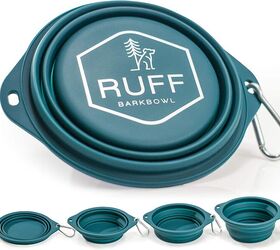
To put it simply, “the longer you can go, the more endurance you've built,” she says. Your core muscles will need to contract-and maintain that contraction-for as long as possible, she notes. Muscular endurance also comes into play with isometric exercises, which means your muscles are contracting but your body isn’t actively moving, according to NASM. To challenge your muscular endurance, you’ll perform a high number of reps of the arm exercise while using a relatively light weight, says Larson. Imagine yourself doing a round of biceps curls. To be more specific, it’s your muscle’s ability to produce and maintain a particular level of force for a long duration, according to the National Academy of Sports Medicine (NASM). Muscular endurance is the ability of a muscle to continue working for a prolonged period of time, says Kristie Larson, CPT, body-neutral strength coach based in New York. Here's everything to know about muscular endurance, how it differs from muscular strength, and the best ways to train it, straight from a trainer. Regularly training and improving muscular endurance can level up your workout performance, lifting technique, and daily functioning. Meet the experts: Kristie Larson, CPT, is a NASM-certified personal trainer and body-neutral strength coach in New York.

I know I’m not the only one feeling the sizzle either: A quick look around these rooms proves nearly all of my grimacing classmates are experiencing the same hurts-so-good side effects. When the workout burn is real, it's a sign your muscular endurance is being put to the test. When I’m doing my final few bridge pulses in a reformer Pilates session, my glute muscles will begin to burn and quiver. It is intended for educational and informational purposes only.By the time I’m halfway through a cycling class, my leg muscles feel like they’re ablaze. This information is not meant to replace advice from your medical doctor or individual counselling with a health professional. May be reproduced in its entirety provided the source is acknowledged. Remember, if you’re going to do strengthening exercises that involve lifting, it’s important to use the correct techniques. All you have to do is challenge your muscles to work harder or longer than they usually do. You can also do many exercises at home that don’t need equipment, such as push-ups and sit-ups. Doing normal daily activities like lifting groceries or walking up and down stairs can also help. Of course, you don’t have to go to a gym or buy exercise equipment to improve muscular strength and endurance.

Allow you to add new and different activities to your exercise program.Improve confidence and how you feel about yourself.Lead to healthier, stronger muscles and bones.Increase your ability to do activities like opening doors, lifting boxes or chopping wood without getting tired.Muscular strength and endurance are important for many reasons: Benefits of Muscular Strength and Endurance Muscular endurance is how many times you can move that weight without getting exhausted (very tired). Muscular strength is the amount of force you can put out or the amount of weight you can lift. Muscular strength and endurance are two important parts of your body’s ability to move, lift things and do day-to-day activities.


 0 kommentar(er)
0 kommentar(er)
